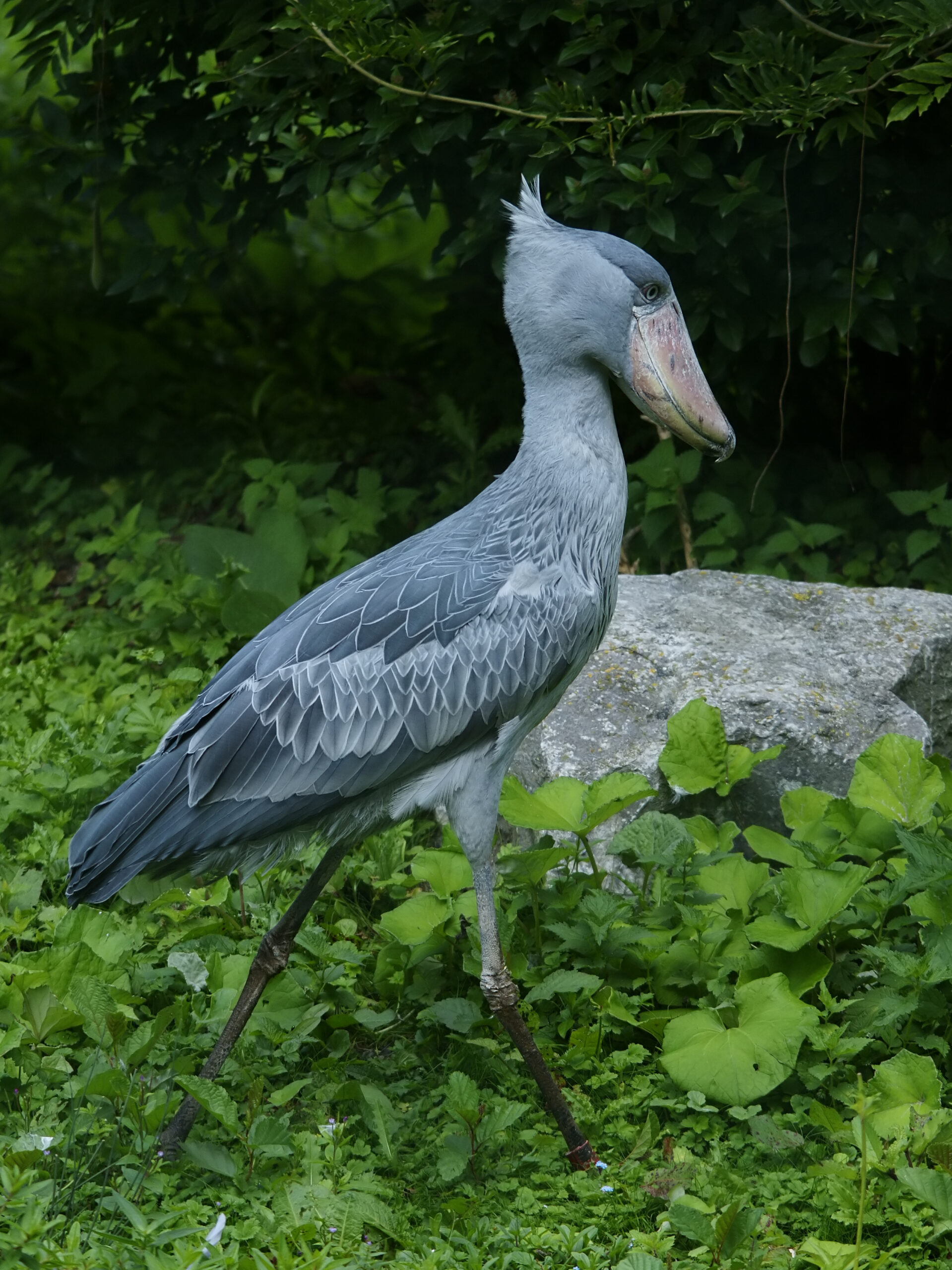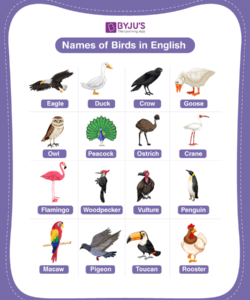The avian world is home to a fascinating array of species, each with its unique characteristics. Among these, the names of some birds stand out for their distinctive “bill” ending. Whether it’s a long, slender beak or a short, stout one, these birds have captured the attention of bird enthusiasts and nature lovers alike.
From the majestic eagle’s hooked bill to the adorable hummingbird’s tiny needle-like beak, bird names ending in bill evoke a sense of wonder and curiosity. These monikers often serve as a testament to the bird’s physical attributes and its role in the ecosystem.
Lovable Beaks
Spoonbill: As its name suggests, the spoonbill possesses a broad, flattened bill that resembles a spoon. This unique beak is perfectly adapted for sifting through shallow waters in search of small fish and invertebrates.
Shearwater: Shearwaters belong to a family of seabirds that exhibit a hooked bill with sharp cutting edges. This adaptation allows them to pierce the tough skin of their primary prey, squid.
Shoveler: The shoveler is a dabbling duck known for its wide, spatula-shaped bill. This spoon-like beak is ideal for filtering food from shallow waters as the duck swims along the surface.

Darter: Darters are fish-eating birds that possess a long, spear-like bill. Their streamlined beak is perfect for striking fish with lightning speed and precision.
Exceptional Beak Structures
Eagle-beak: Eagle-beaks are a type of parrot native to Australia. Their massive, hooked bills are incredibly powerful and can crush even the toughest nuts and seeds.
Crossbill: Crossbills are known for their unique bill structure, with the tips of the upper and lower mandibles crossing over each other. This adaptation allows them to extract seeds from conifer cones.
Toucan: Toucans are iconic birds with their massive, colorful bills. These oversized beaks are filled with air pockets, making them surprisingly lightweight and providing insulation against predators.
Firebill: Firebills are small finches renowned for their bright red beaks. These vibrant beaks are thought to play a role in attracting mates during the breeding season.
Waxbill: Waxbills are another group of finches with colorful beaks. Their beaks often exhibit a waxy appearance and can range in color from red to black.
Conclusion
The world of birds is a diverse and fascinating place, and bird names ending in bill are no exception. These names not only capture the unique physical characteristics of these species but also provide insight into their ecological niches and evolutionary adaptations. Whether it’s the spoonbill’s sifting beak or the eagle-beak’s crushing power, these beaks serve as a testament to the incredible diversity of the avian world.
As we continue to explore and appreciate the wonders of nature, the names of birds ending in bill will continue to inspire and intrigue us, reminding us of the boundless creativity and adaptability that exists within the animal kingdom.
FAQ
What is the most common bird name ending in bill?
The most common bird name ending in bill is “bill,” which is used for a variety of species, including the common bill, long-tailed bill, and buff-banded bill.
What is the largest bird with a bill in its name?
The largest bird with a bill in its name is the pelican, which is known for its massive, pouch-like beak.
What is the most colorful bird with a bill in its name?
The most colorful bird with a bill in its name is the rainbow bill, a species of parrot native to the Solomon Islands, which boasts a vibrant rainbow-colored beak.
What is the most unique bill structure among birds?
The most unique bill structure among birds is the scissor-billed kite, which has a bill with two curved, interlocking ridges that allow it to cut through tough vegetation.
What is the most powerful bill among birds?
The most powerful bill among birds is the bald eagle’s beak, which is designed for crushing bones and tearing through flesh.



